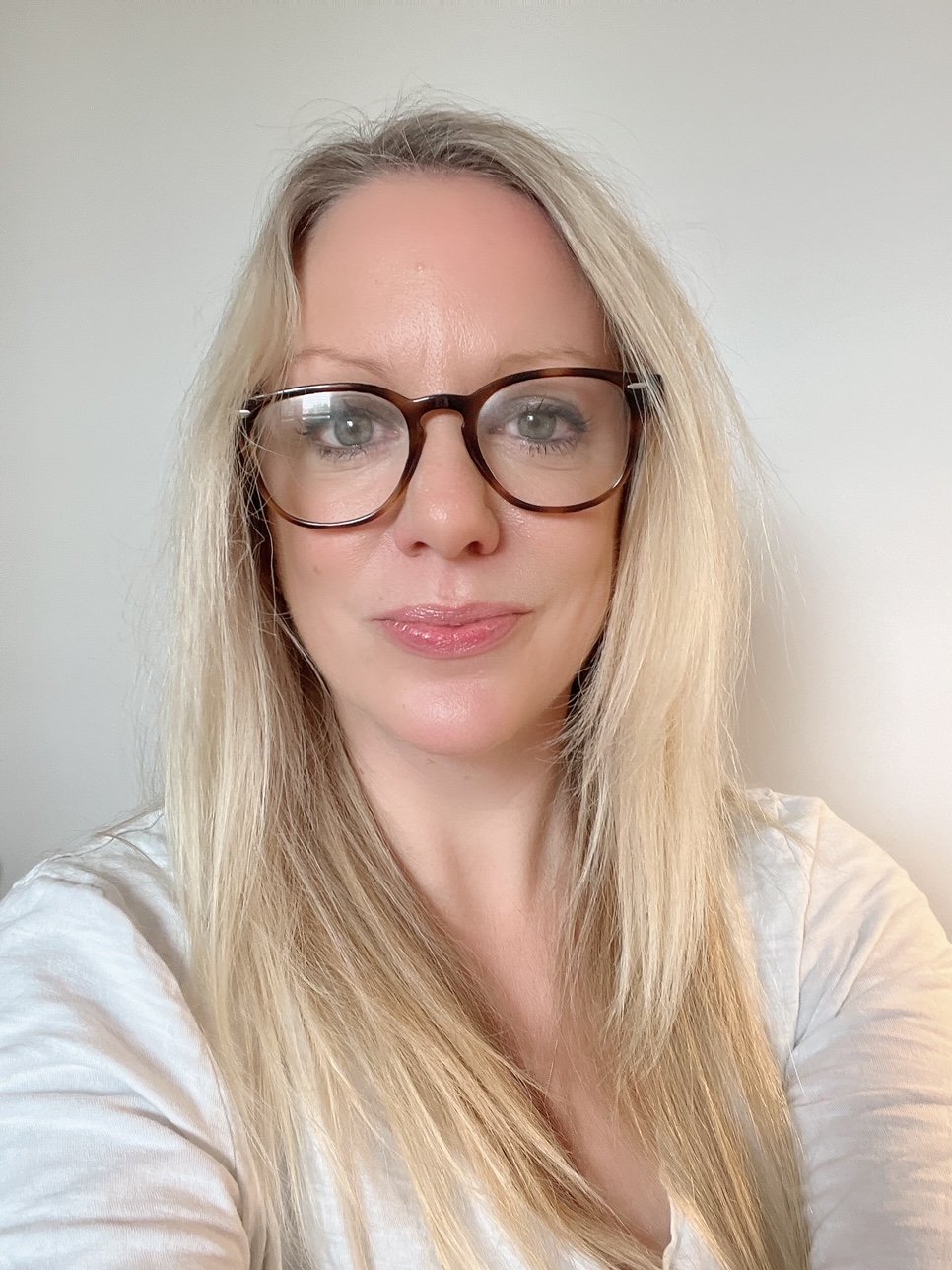In our very first episode of The Flow Sessions, our flagship webinar series hosted by VSMC board advisor and value stream lead, Steve Pereira, we had a conversation with Value Stream Mapping legend, Karen Martin about value stream thinking. In this post, I tackle the questions that relate to mapping practices.
Questions:
James: I am having a challenge creating a process map with a mixed model - small machine shops that have an extremely high-mix low-volume manufacturing. What is the best way to approach this type of environment?
I see a lot of likeness here with digital value streams where we very rarely make the same thing twice (we are enhancing a long lived product). In digital value streams, we shorten the Production and Delivery piece as much as possible using automation (CICD and DevOps toolchains) - I like this article that explains how to do this in your environment too.
Karthikeyan: How do you map digital value streams?
The same way as non-digital value streams; end-to-end and step-by-step! Start with ideation and finish with value realization. Here’s a short video explaining the process at a high level - for more detail you can check out our VSM Foundation course, or Karen Martin’s seminal book on the topic, ‘Value Stream Mapping’.
Ryan: Would you map both Operational Value Streams and Development Value Streams? I can see value in both, what are your thoughts?
In digital value streams, we don’t like this distinction. We look to DevOps and this movement seeks to eradicate the distinctions between these two parts of the value stream. So do all of it, end-to-end. Digital value streams are different too because they are a long-lived product that we apply enhancements to - we don’t make the same product over and over. We spend much more time in Design and Development than Production and Delivery (see diagram below). We talk about this in detail in our VSM Foundation course. Find out more about that here.
Pascal: If we take the Flow Framework approach, where we have a Value Stream Network, having finer-grained products’ Value Streams connecting to a more coarse-grained, kind of meta product Value Stream Map; up until which point should we map upward (across product lines until we hit the highest Value Stream that shows how we support the organization's mission?
I’m not sure that this is a question about up, but more about dependencies. The Flow Framework FAQ says:
“First, organizations need to realize that the way value flows through a Value Stream Network is defined by its delivery teams, tools, and processes. Next, Value Stream Mapping can provide an initial understanding of the high-level flows through that network. The main caution here is not to try to make the flows and maps linear, as that’s a common reflex and a problematic over-simplification when diagramming or whiteboarding. Software delivery is a complex collaboration network that produces intangible assets through conversation, coding, and cooperation between numerous specialists. These lines of collaboration form a complex network that needs to provide flow, feedback, and traceability. Once this network and the flow have been defined, it’s time to start moving on from a whiteboard exercise and understanding the ground truth of the Value Stream Network.”
At the VSMC we are particularly interested in providing guidance on inter-value stream interactions and dependencies. A theoretical ideal world exists where value streams have autonomy (DevOps promotes breaking dependencies not managing them), but the reality in many organizations is that value streams cross over one another and share services. This may increase further in environments where systems are distributed. The key is to make the connections visible, reduce risk and delays, and remove them where possible.
The question of how far ‘up’ we go, relates to organizational design. Progressive ways of working move away from dominator hierarchies, to distributed, autonomous organizations. From the top, we need clarity on the vision, but the structure is flat, with the teams having end-to-end ownership of their product and the work that they do.
Thomasset: Before mapping, how do you find and define a value stream? Is there a best practice that defines the number of value streams within an organization?
Please refer to our blog post: ‘What is a Value Stream?’ to answer your first question about finding and defining value streams.
Your second question is rather like “How long is a piece of string?” Apologies for the flippancy, but it really depends on factors like organizational size, industry, customer base and there’s no way to say that a certain number of value streams is ideal. It’s about the number of products and services an organization is delivering to its customers.
Lance: Is fixing technical debt a value added or non-value-added activity?
Technical debt is not a value adding activity - BUT it stops us from doing value-adding activities so we have to tackle it - in the same way we need to reduce incident management to as close to nil as possible. Value stream management helps us see and control the work so the impact of technical debt is visible and measurable - and so is the time investment and impact of addressing it.
Sumana: How long does it take to come up with an initial value stream map, review it and implement it?
My preference is to perform the initial value stream mapping exercise over 4 days, two on the current state and two on the future and next target state maps. But I’ve frequently had to do it all in two days, often even one (although it’s pretty impossible to get to the forward-looking parts then. None of this time needs to be immediately sequential - particularly if it’s being done remotely. You can break it into pieces and keep coming back to it. When you’ve done it, along with your maps, you’ll have a prioritized hypothesis backlog.
Then we get philosophical. How fast can you go? How much can you do? Adopting value stream management means changing the ways teams and organizations work. It’s effectively a continuous improvement effort - is there ever an end to these kinds of journeys? When is it ‘done’?
There are characteristics of an organization that has successfully adopted value stream management:
-
There is conscious, explicit, documented organizational design around value streams
-
People know which value stream they work in, their role, and step(s) in it
-
Value stream metrics around flow and value realization are visible using a value stream management platform
-
And used to continually inspect and adapt the work
Our VSM Foundation course takes learners through a value stream management implementation journey.

Helen Beal
Helen is the CEO and chair of the Value Stream Management Consortium and co-chair of the OASIS Value Stream Management Interoperability Technical Committee. She is a DevOps and Ways of Working coach, chief ambassador at DevOps Institute, and ambassador for the Continuous Delivery Foundation. She also provides strategic advisory services to DevOps industry leaders. Helen hosts the Day-to-Day DevOps webinar series for BrightTalk, speaks regularly on DevOps and value stream-related topics, is a DevOps editor for InfoQ, and also writes for a number of other online platforms. She is a co-author of the book about DevOps and governance, Investments Unlimited, published by IT Revolution. She regularly appears in TechBeacon’s DevOps Top100 lists and was recognized as the Top DevOps Evangelist 2020 in the DevOps Dozen awards and was a finalist for Computing DevOps Excellence Awards’ DevOps Professional of the Year 2021. She serves on advisory and judging boards for many initiatives including Developer Week, DevOps World, JAX DevOps, and InterOp.








Comments 0